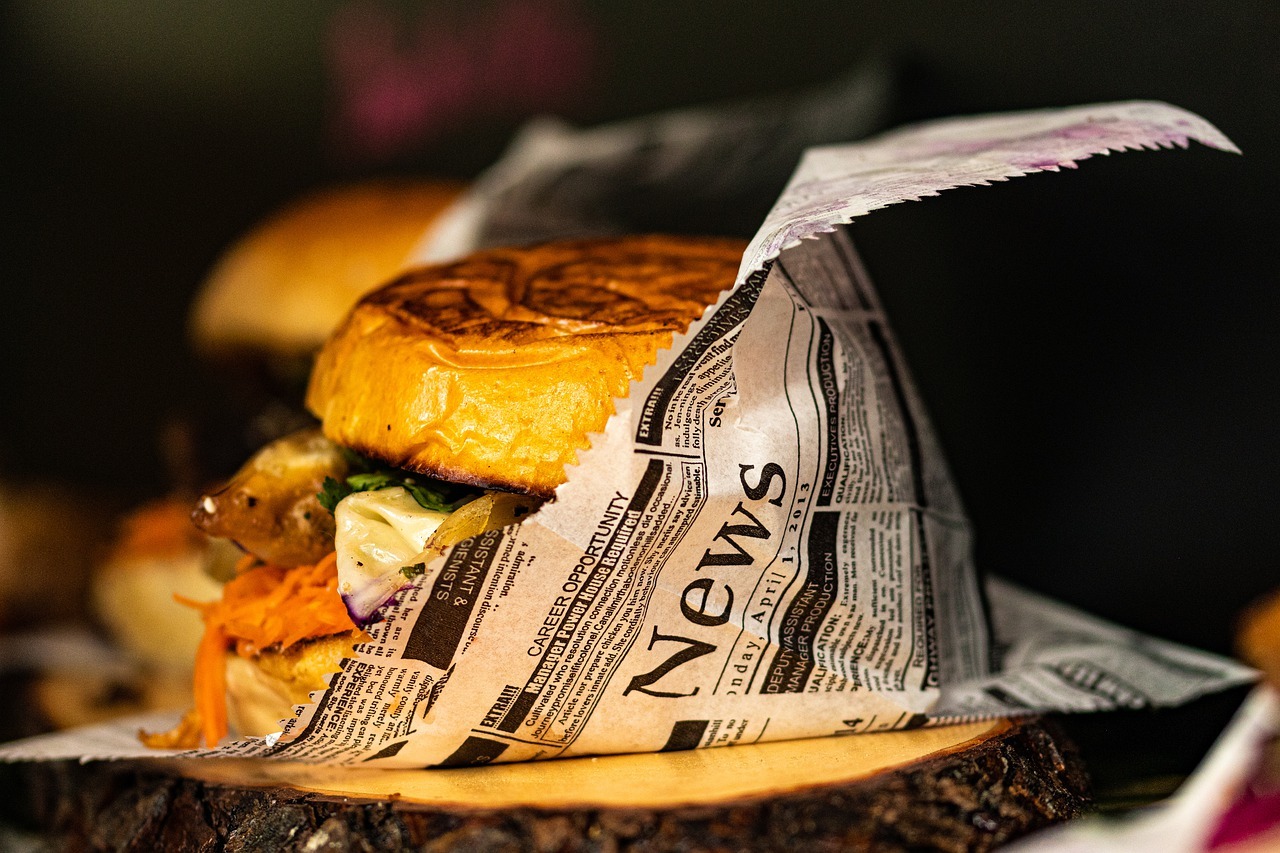Cloud kitchens are commercial kitchens without any front-of-house; i.e. they do not have any dine-in option. They often tie up with third-party aggregators that collect orders and undertake delivery of food to end customers.
It is also possible that cloud kitchens do not directly serve end customers. Several restaurants having dine-in facilities are in a perpetual search for increasing the number of covers. One way to increase covers in a tight footprint (e.g. in a mall, hotel, etc) is to outsource their most commonly ordered items on the menu to a third party cloud kitchen. The cloud kitchen does the bulk of the food preparation, and the partially prepared food is delivered in bulk to the restaurant which undertakes the finishing touches in its pantry. Doing this reduces the need for having a larger kitchen where space is tight, and the space saved by reducing the kitchen can be devoted to making space for more covers.
Cloud kitchens can take the following forms:
i. Standalone or a Single Brand Kitchen: Small kitchens that cater to a single brand and/ or cuisine, and service a limited geographical area. They often offer a take-away option but do not provide any dine-in options. They may serve the local population either through food aggregators, or by orders generated by themselves through pamphlet ads and phone orders.
ii. Virtual Restaurants: Since most kitchen infrastructure remains the same irrespective of the cuisine it serves, a kitchen can serve more than one brand, and more than one cuisine. Virtual restaurants are ways in which an established restaurant can utilise their excess kitchen bandwidth to also serve a different cuisine under a separate branding – albeit one that will not be available to dine-in customers. Of course certain restaurants do have home delivery services, but they continue to serve deliveries under the restaurant’s brand and menu. A virtual kitchen creates a distinct identity for itself by serving an altogether different cuisine under a separate brand marketed specifically for food delivery, even though physically it occupies the same place as the regular restaurant kitchen.
iii. Multi-Brand Cloud Kitchens: While virtual restaurants are technically multi-brand operations as far as the kitchen is concerned, they are only partly a cloud kitchen operation. This is because they serve both dine-in as well as delivery customers. Dedicated multi-brand cloud kitchens do not have a front-of-house at all, and are devised to cater to multiple cuisines, each under a separate brand. In this case the kitchen space is shared, as are the equipments and personnel. For example, consider these (imaginary) brands ‘Xacuti Indian’, ‘Yolo Italian’ and ‘Zen Chinese’. They may seem to be independent brands serving distinct cuisines and the customer would naturally assume that they have independent operations. However, they are in fact being served from a single cloud kitchen. These brands would typically be owned, and the kitchen operated by a single entity. Orders in respect to multi-brand cloud kitchens can be via an aggregator, or directly generated by the entity (again typically by separate apps/websites for each brand).
iv. Co-working Cloud Kitchen: In a co-working cloud kitchen, the entire kitchen area is replicated multiple times (as if a set of cubicles in an office) and each kitchen unit is fully functional by itself. These kitchen units are arranged in a single large space, and are rented out to restaurants on the basis of their specific requirements. Co-working cloud kitchens are an excellent option for start-up restaurants who cannot afford the capital cost to establish a dedicated kitchen space. The money they save on establishing a kitchen space can then be utilised for marketing their restaurant instead. The additional benefit of these kitchens is that the requisite licenses and NoCs for setting up and operating the kitchen is typically undertaken by the owner of the establishment, and start-up restaurants do not need to obtain kitchen-related licenses and NoCs. Nevertheless, they will be required to take appropriate licenses and permits required to operate as a restaurant with a delivery-based model.
v. Aggregator Managed Cloud Kitchens: Online food aggregators are also setting up dedicated cloud kitchens. These are largely in the nature of multi-brand cloud kitchens. However certain aggregators have also set-up co-working cloud kitchens to provide a platform for new experimental restaurants or to take successful restaurants closer to their customers in distant geographies.
vi. Operator Managed Cloud Kitchens: Some food brands outsource every operational aspect of the business. Under this arrangement the order is taken by the aggregator, the food is cooked by an operator in a cloud kitchen and delivered to the end customer by the operator or the aggregator, as the case may be. The entity that owns the brand curates the menu and promotes the brand.
By their very nature cloud kitchens require smaller footprints than regular dine-in restaurants. This means that they can set-up operations in much smaller spaces, and quickly. Also, a cloud kitchen can operate with a far less number of personnel than a regular kitchen/restaurant. This is particularly so since these restaurants do not need wait-staff to serve dine-in customers. At the same time, cloud kitchens need proper sanitisation, waste disposal, and adequate water supply. They also need to have a serviceable territory for their menu. This implies that while they do not need to be located in a prime commercial zone that attracts a higher footfall, at the same time they have to be present near a dense residential or commercial area that will be their catchment zone for orders and deliveries.
As with any restaurant, cloud kitchens will be subject to all appropriate and necessary statutory conditions. They are required to take appropriate FSSAI licenses, Health/Trade licenses, Fire NoCs, PCB NoCs, as applicable from state to state. The FSSAI license is obtained from the Foods safety and Standards Authority of India. Necessary documents viz. ID and address proof, valid email id and phone number, declaration of food safety management plan, kitchen layout plan, list of food categories, water testing report from ISI approved facility, NoC from the owners or the partners, medical certificates of employees, would need to be submitted online for the same. The Health/Trade licenses can be obtained from the municipal corporations, and the Fire NoC should be obtained from the fire department. Cloud Kitchens also need to be careful about their water and affecting effluent disposal system, and appropriate NoCs in respect of the same should also be obtained from the relevant state’s Pollution Control Board.
This post has been authored by Sayanhya Roy, Principal Associate with inputs from anirudh@ikigailaw.com, Managing Partner at Ikigai Law. For more on the topic, please feel free to reach out to us at contact@ikigailaw.com.
Disclaimer: This article is meant for general informational purpose only and is not a substitute for professional legal advice. This article is based on the laws applicable in India as on the date of publication.









